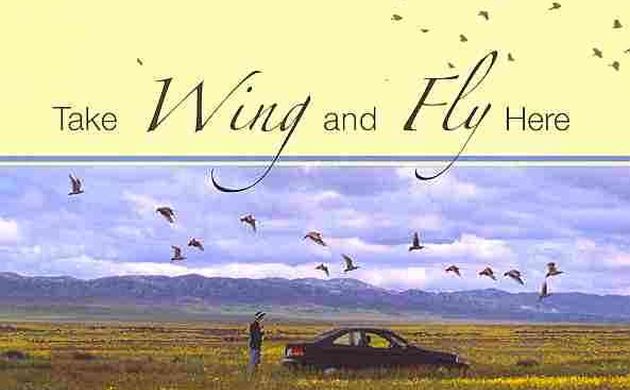
Will you indulge me for a minute? (Of course you will. You always do.) In speaking of Take Wing and Fly Here, the first novel in a proposed trilogy by filmmaker Priyanka Kumar, I must speak less of birds, at least at the beginning, and more of the arcana of my other great nerd-love, writing. Don’t worry. It will come back around.
Point of view, it seems to me, is one of the factors that non-writers tend to underrate in fiction, much as non-birders underrate the effect of the wind on birding. I get the impression that many readers only really think about point of view when an author attempts an unusual or showy stunt with it. But the choice of point of view can make or break a story — my sometime editor and mentor Nick Mamatas, for instance, cites it as one of the major factors he thinks about before even sitting down to write a story. With first-time writers, an awkward choice of point of view is one of the most common problems I encounter.
Take Wing and Fly Here is told in third person limited, which precisely because it is a safe, mainstream choice can often cause troubles that writers don’t recognize. One can be too limited, too inside a character’s head to get a whiff of outside viewpoint, but because the author is not using the dreaded word “I” every paragraph or so, she or he may not remember the they are presenting an unreliable narrator and need to give the audience the clues required to interpret such a beast. (And all narrators, aside from the Austen-voice of omniscience, are inherently unreliable.) Take J.K., the Big-Year-attempting physics student who is one of the main characters of Take Wing and Fly Here. If we were able to take a step back from him, he could become a moving portrait of crash-and-burn depression striking a promising person in the prime of life. Because we are so often trapped inside his head, my overwhelming reaction to his chapters, by the time I was halfway through the book, was “oh no. Do we really have to spend time with this self-absorbed sad-sack again?” We are presented, uncritically, with pages and pages of his self-pity and petty resentments about his long-distance eventually-ex girlfriend, his stoic but grieving working-class parents, his new love interest, and pretty much everything else in his life. As a result, I couldn’t help siding with the people he was accusing of abandoning him. It wasn’t like he was ever making an effort to be there for them, so why should they do it for him? And why should we believe that he’s such a great birder, anyway, when he apparently thinks that touching baby Mourning Doves (which the narrative insists on referring to as “mo-does”, but without ever trusting that we will learn, so every time it comes up we are also reminded that mo-do means Mourning Dove) will drive their parents away due to the smell?
The other main character, though also terrible, manages to be so in a more interesting way. Karen is a pious smug-married type who joins a local birding club when her home-schooled ten-year-old son develops an obsession with listing and bird photography. She engages in a borderline emotional affair with J.K.’s only competitor in the Los Angeles County Big Year chase, then turns herself around and instead manages to channel her obnoxious passion for being judgmental into something that at least approximates a worthy cause — a crusade against poor land management practices, heavy-handed Brown-headed Cowbird control, and fiscal irresponsibility in the local bird club. In the hands of a better author with more distance from her characters, this too could have been a telling portrait of a difficult type — the well-meaning but unbearable activist, in this case one who literally believes that she’s on a mission from God. But since all of Karen’s opponents are drawn as simply wrong or at best cowards, we don’t really get a chance to put her into perspective either, and soon she too grates.
We get tastes of other points of view — Rick, J.K.’s rival and Karen’s never-quite-love-interest; Blake, the unbearably precocious ten-year-old; Paul Little, a mentally ill vagrant who is handled with all the sensitivity and care I’d have expected from Joan from the Upper West Side; and Frank, the dull accountant who becomes Karen’s rival for bird club president. They cut in and out like flicked-through channels, often without warning, and always without conclusion.
What none of these characters get across is a real sense of the joy of birding — though Blake, in his simplicity, comes closest. Although the main conflict is putatively between obsessed listers and people passionate about conservation, the narrative’s limitations and Kumar’s penchant for telling-not-showing means that both factions ultimately seem like they could be fighting over prom decorations, a school board seat, or nothing at all. The book’s blurbs promise beautiful descriptions of landscape, but aside from a few precious pages where J.K. encounters mountain lion sign and is momentarily engaged in something more immediate and consequential than whining, even that falls flat.
There are other, smaller infelicities as well. Though the Big Year is built up for the first half of the book, we enter in September and December falls while we still have a hundred pages to go. Instead of a classic plot arc, then, we get two half-arcs, with a flailing sensation as we change gears in the middle. And worse, there is the extraneous and frankly alienating social commentary, especially the portrayal of gender relations. With the exception of Karen, women range from amusing non-entities to hostile non-entities in the world of this book. Marriages consist of people with nothing in common who sort of put up with each other for no apparent reason. When J.K.’s long-distance girlfriend rejects this vision of life, breaking off a relationship that seems to have no reason to exist in the first place, Karen (who to all appearances has never met the girl and barely seems to know J.K.) indulges in a tedious interior monologue about girls who dump Nice Guys for trivial reasons like complete incompatibility and then wonder why they’re thirty-something spinsters. Of Karen’s mate, the most appealing thing we ever hear is the rhetorical “what was wrong with Oscar?” — the implication being nothing, and really shouldn’t nothing wrong be enough for anyone? It’s difficult to reconcile this trivial, blinkered vision of life with anything as grand as a quest to see, let alone save, birds.


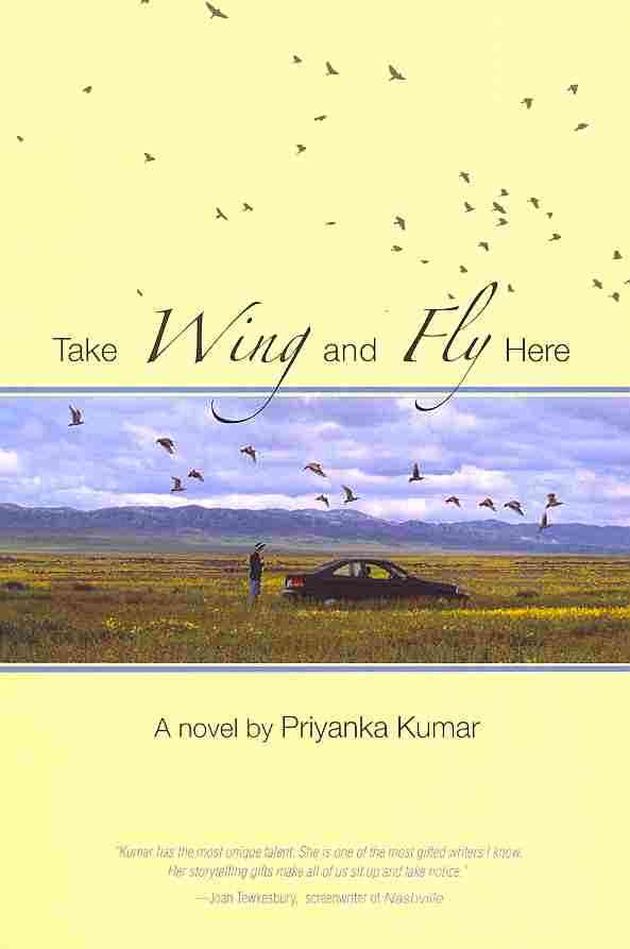



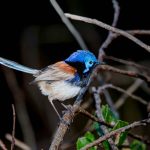
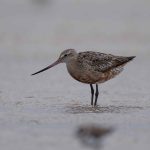
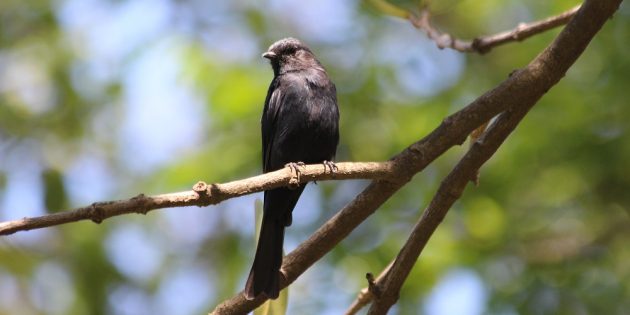

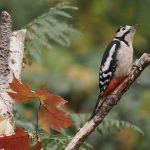
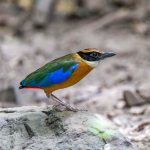
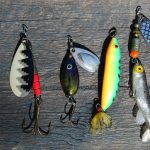
This book didn’t do much for me, and you – better than I could – nailed why. I wanted to like the characters, but I just couldn’t.
This is not a review, but a rant. The reviewer has nothing good to say about the book, which is surprising since it is reviewed well elsewhere and by well-known literary figures. I enjoyed the book for its compelling characters and complex portrayal of the birding community and academia, especially of scientists. There is a striking lack of quality control in the review – the reviewer even misspells the title of the book.
This is a superb novel. It has depth, holds your interest, yet doesn’t bog you down. The characters are unique and well-developed, making them multi-flawed, yet believable. Although only a casual observer of backyard birds in the past, this story swept me up in the passion of birding, to the point of buying a camera just for photographing these interesting creatures, and pondering what it’d be like to be so immersed in the excitement of a Big Year.
I found myself quite interested in the organizational aspects of a birdwatching society, which are cleverly demonstrated by the author through the emotional attachment and detachment of its members.
This a well-rounded and quick read—it pulls you into a world that has always been in front of you, but which you have never before seen in its true colors.